Garlic, a staple in Indian kitchens and a key ingredient in traditional medicine, owes much of its abundance to the fertile lands of Madhya Pradesh. As the largest garlic-producing state in India, Madhya Pradesh’s substantial contributions are pivotal in meeting both domestic and international demands. This article delves into the comprehensive journey of garlic production in Madhya Pradesh, exploring its cultivation practices, economic impact, and the challenges faced by farmers in the region.
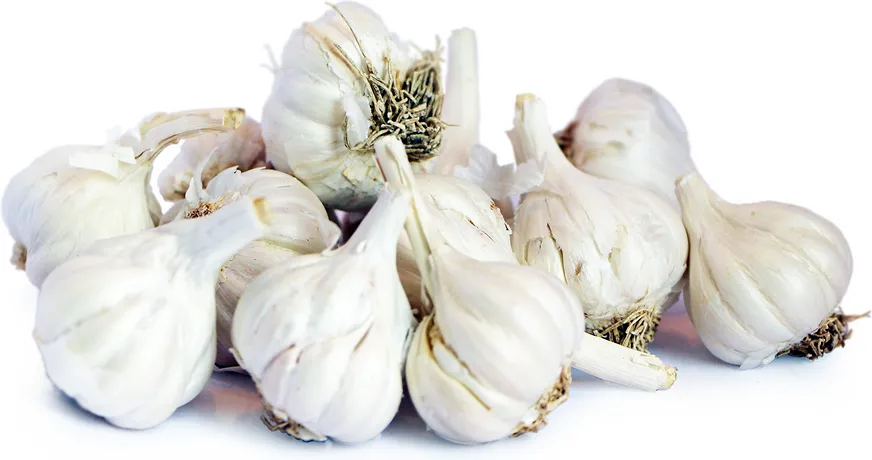
In the global arena of garlic production, India stands prominently with an impressive annual output exceeding 3.1 million metric tons. This significant volume places India among the top garlic producers worldwide. States like Madhya Pradesh, Gujarat, and Rajasthan lead the charge, thanks to their optimal climatic conditions and dedicated agricultural practices. These regions not only fulfill the massive domestic appetite for garlic but also bolster the country’s export capabilities, making garlic a cornerstone of India’s agricultural economy.
Madhya Pradesh’s dominance in garlic production is underscored by its staggering output of 2,016.13 metric tons. This achievement highlights the state’s critical role in the national garlic supply chain. The success story of Madhya Pradesh’s garlic production can be attributed to a blend of favorable climatic conditions, nutrient-rich soils, and advanced farming techniques.
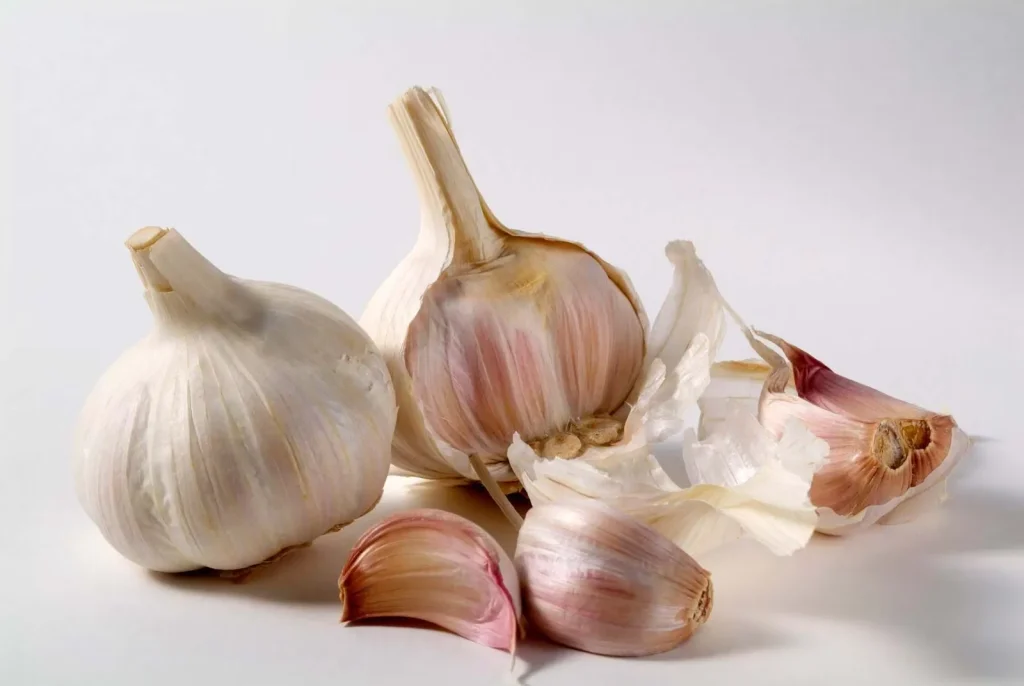
The geographical and environmental attributes of Madhya Pradesh provide an ideal setting for garlic cultivation. The state enjoys a semi-arid to sub-humid climate, marked by moderate temperatures and well-distributed rainfall throughout the year. These conditions are perfect for growing garlic, which thrives in cool, dry environments.
The loamy and alluvial soils prevalent in the region are another key factor. These soils are rich in essential nutrients and offer excellent drainage—both critical for the healthy development of garlic bulbs. The combination of climate and soil quality in Madhya Pradesh thus forms the backbone of its thriving garlic industry.
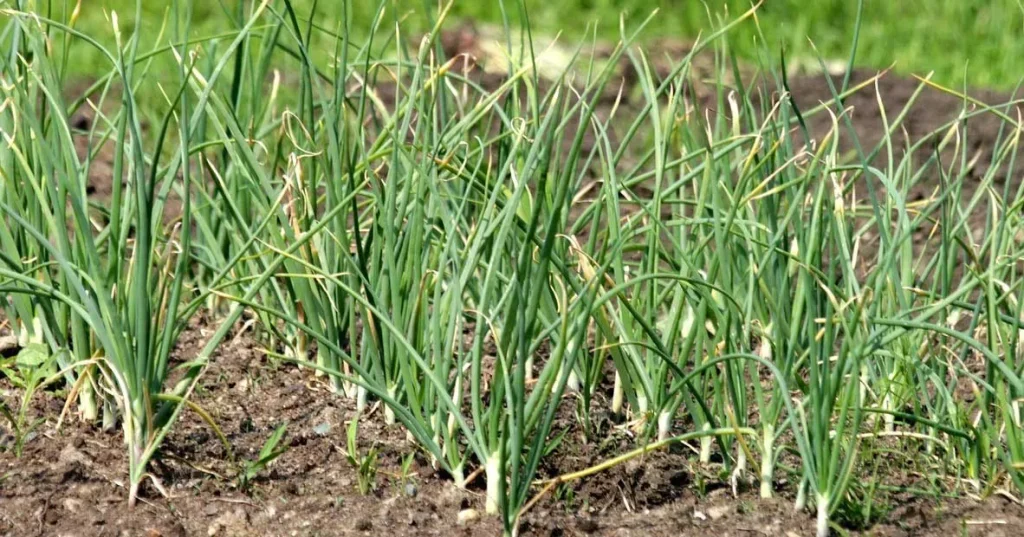
Several districts in Madhya Pradesh are celebrated for their prolific garlic production. Among them, Neemuch, Mandsaur, and Ratlam stand out as major contributors.
Neemuch: Often dubbed the “Garlic Hub of India,” Neemuch is renowned for producing a significant portion of the state’s garlic. The farmers here have honed their cultivation techniques over generations, yielding high-quality produce that is in demand across markets.
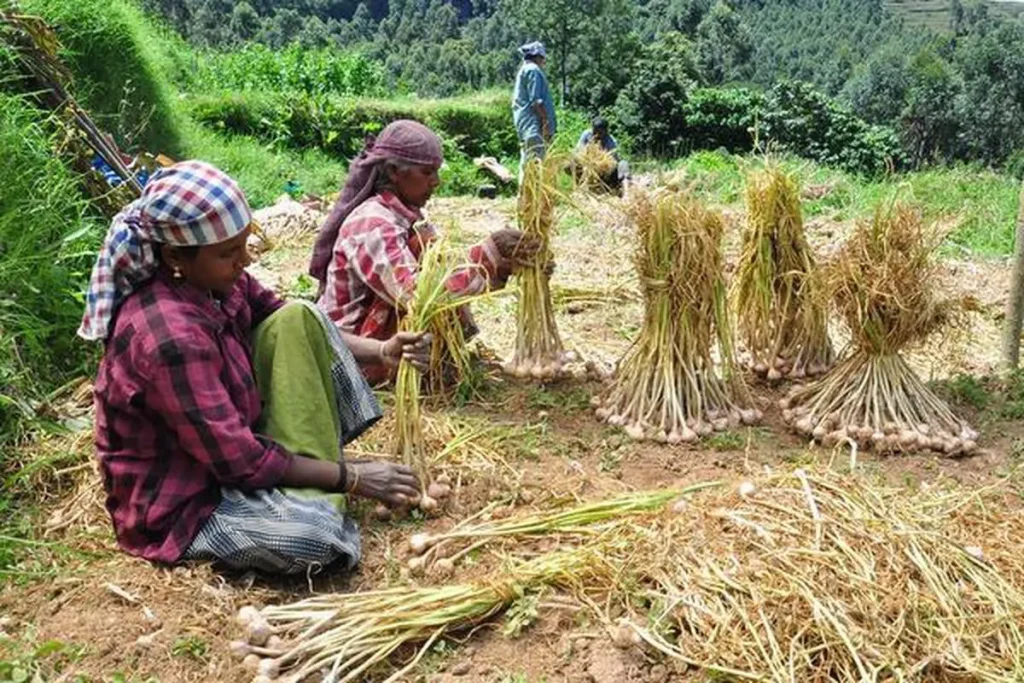
Mandsaur: This district is another heavyweight in garlic production. Mandsaur’s agricultural community benefits from local practices and government support, which have been instrumental in achieving impressive garlic yields.
Ratlam: Known for its robust garlic output, Ratlam’s farmers have embraced modern farming methods. These advancements have significantly enhanced both the quantity and quality of garlic produced in the district.
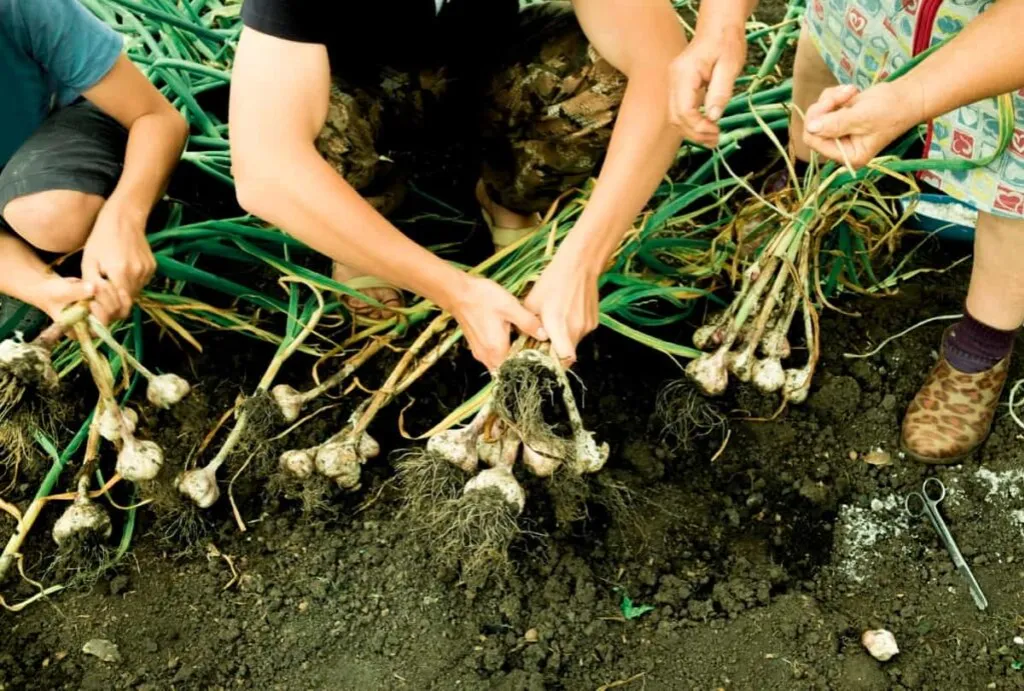
Garlic farming is a vital economic engine in Madhya Pradesh. It provides livelihoods for thousands of farmers and plays a crucial role in the state’s agrarian economy. The high demand for garlic, both within India and internationally, ensures a steady income stream for those involved in its cultivation.
Moreover, the state government and various agricultural organizations actively support garlic farmers through subsidies, training programs, and access to modern farming equipment. This support is crucial for maintaining the state’s leading position in garlic production.

Despite its significant contributions, the garlic farming sector in Madhya Pradesh faces several challenges:
Climate Variability: Unpredictable weather patterns pose a major risk to garlic yields. Extreme weather events can disrupt the growth cycle and reduce output.
Pest and Disease Outbreaks: Garlic crops are vulnerable to various pests and diseases, which can devastate harvests if not managed effectively.
Market Fluctuations: The garlic market is subject to price volatility, which can impact the financial stability of farmers.
To overcome these challenges and ensure the sustainable growth of garlic production in Madhya Pradesh, several strategic initiatives are essential:
Research and Development: Investing in research to develop disease-resistant and high-yielding garlic varieties can significantly mitigate risks associated with crop failures.
Training and Education: Providing farmers with training on advanced cultivation techniques and integrated pest management practices can enhance productivity and crop resilience.
Infrastructure Development: Improving storage and transportation facilities is crucial to reduce post-harvest losses and maintain the quality of garlic, thereby securing better market prices for farmers.
